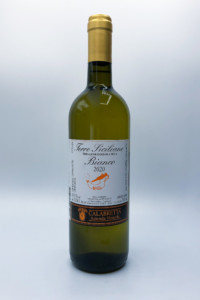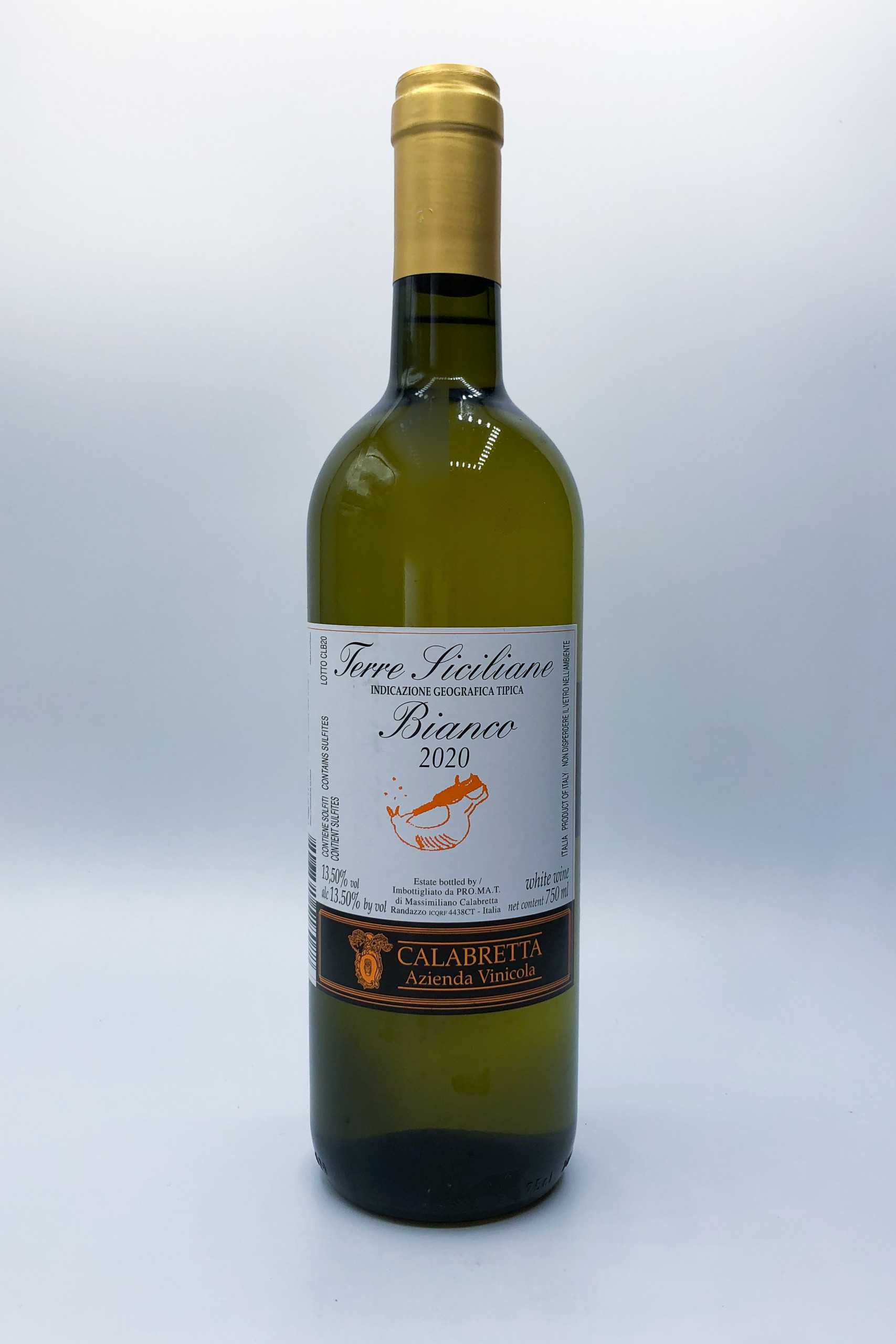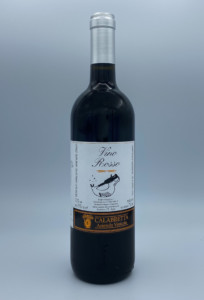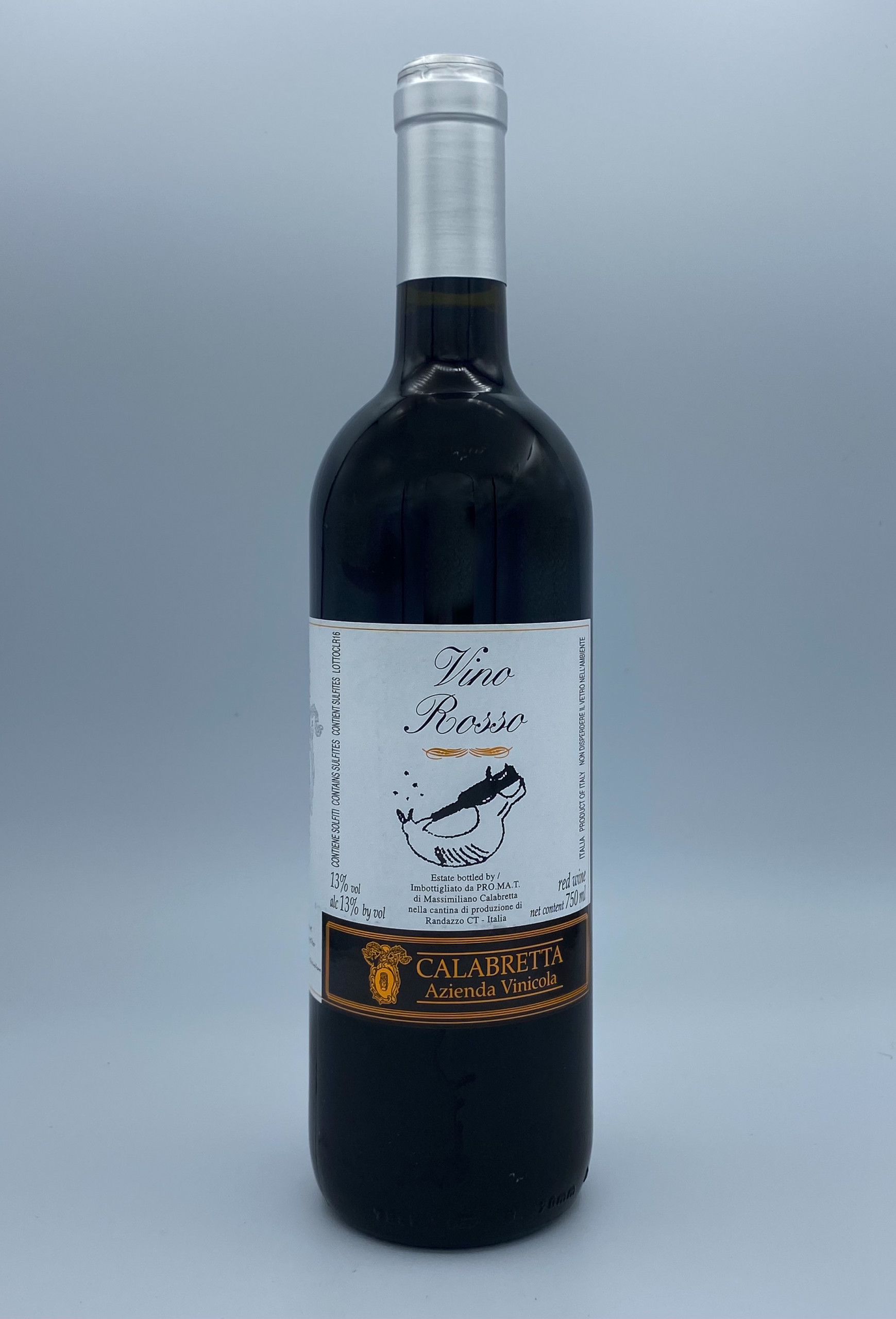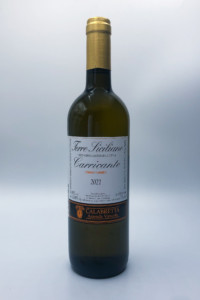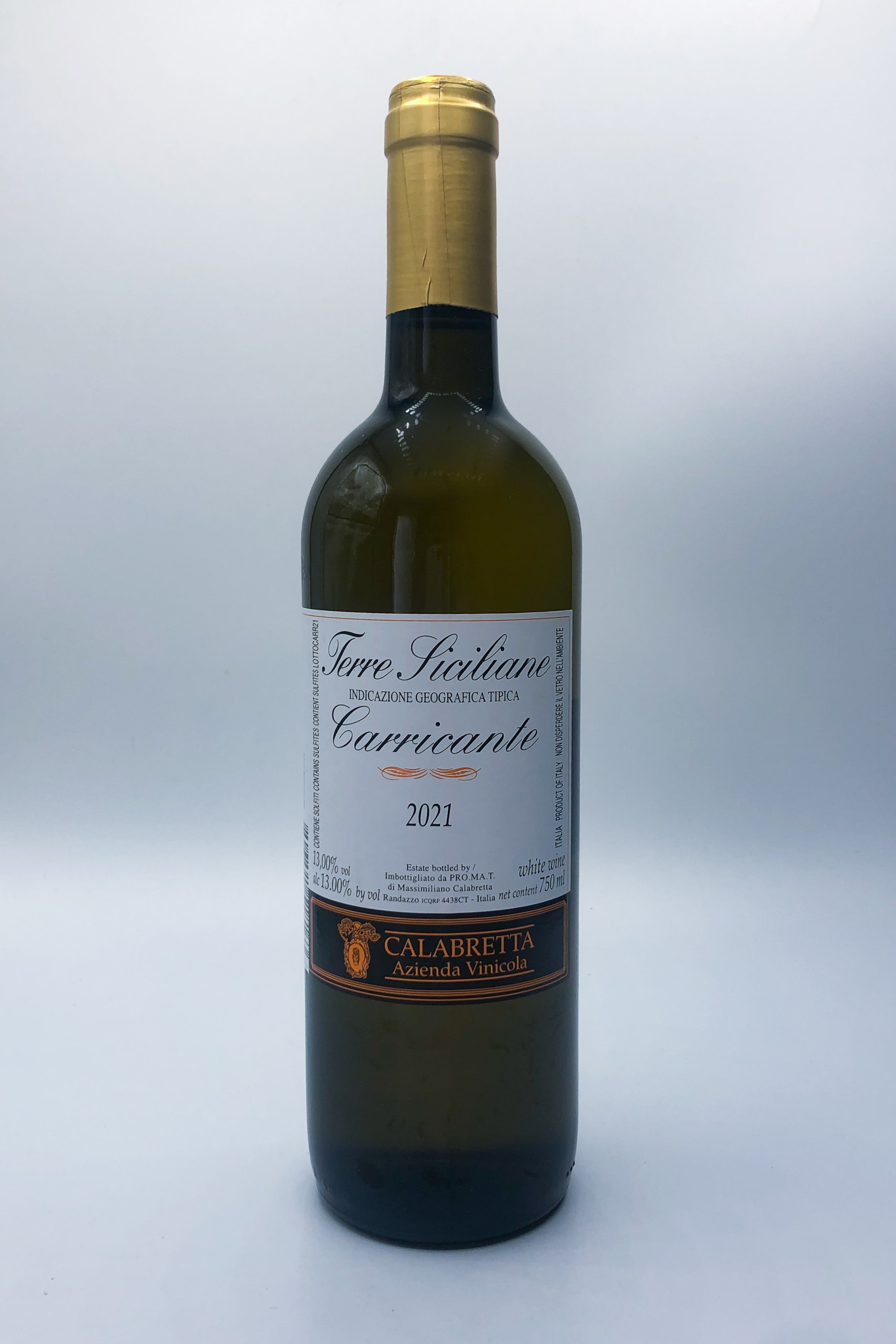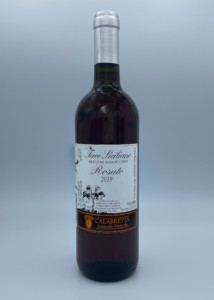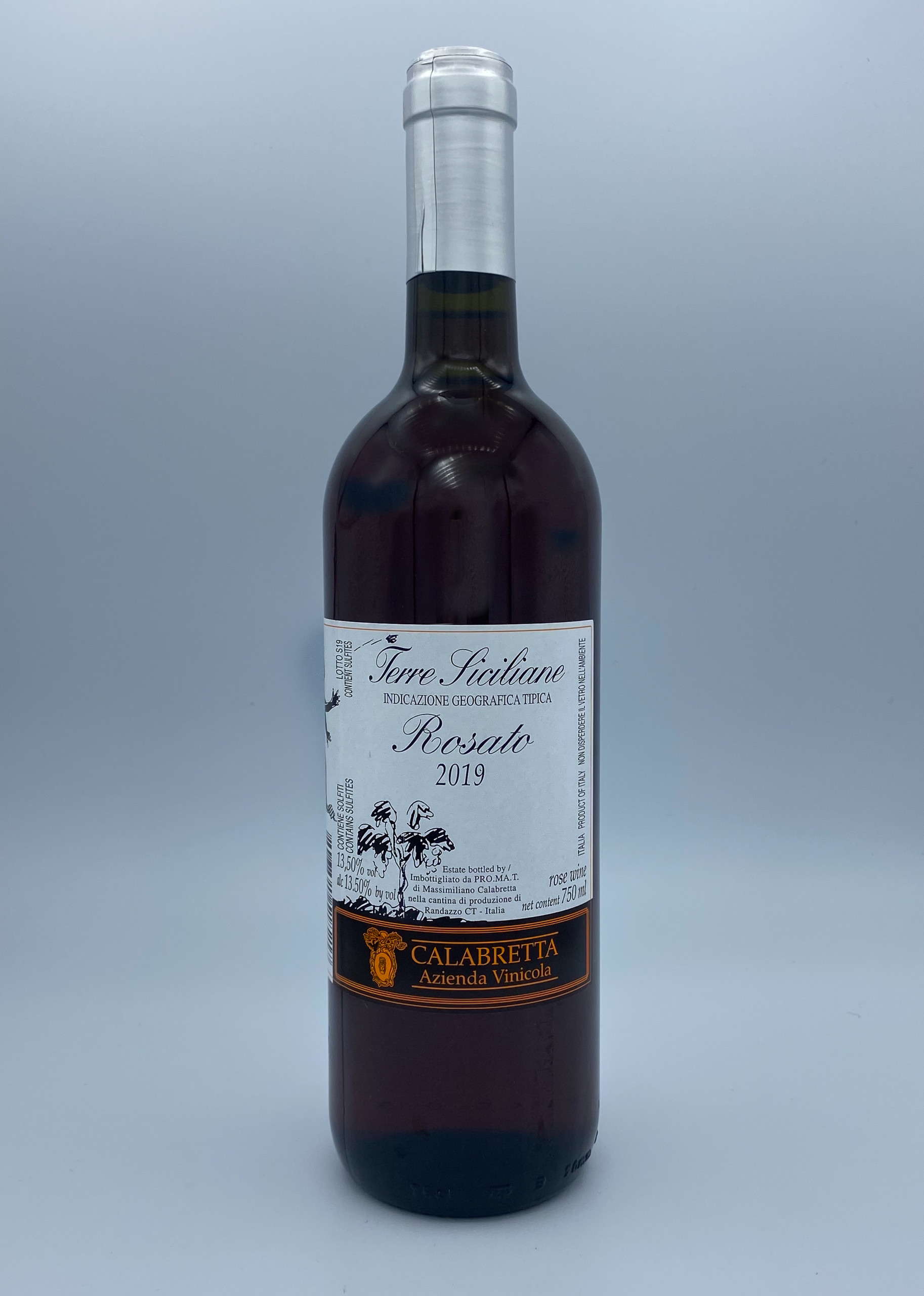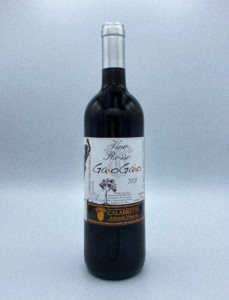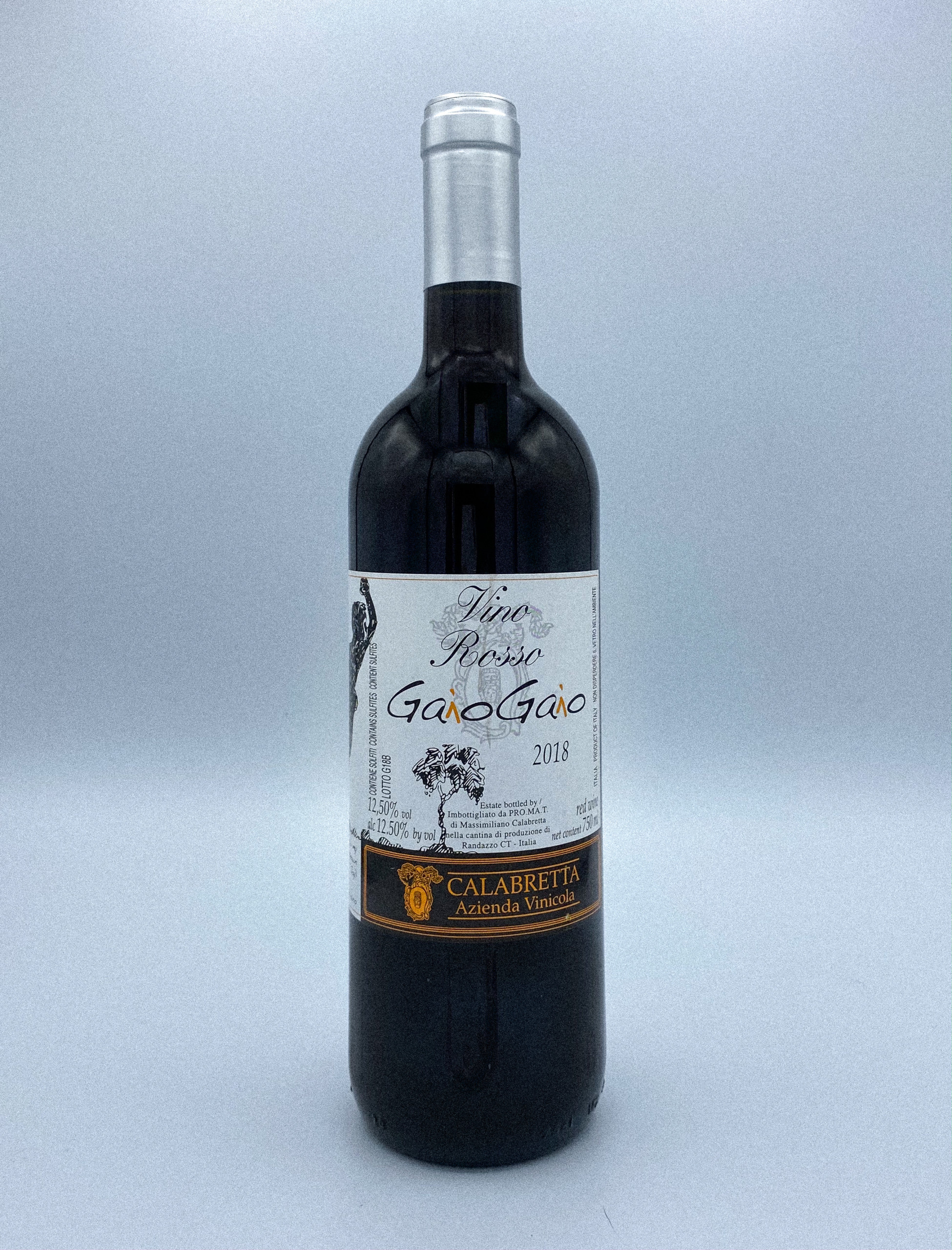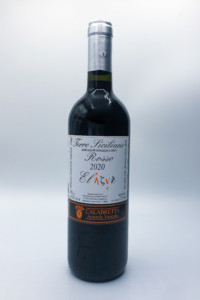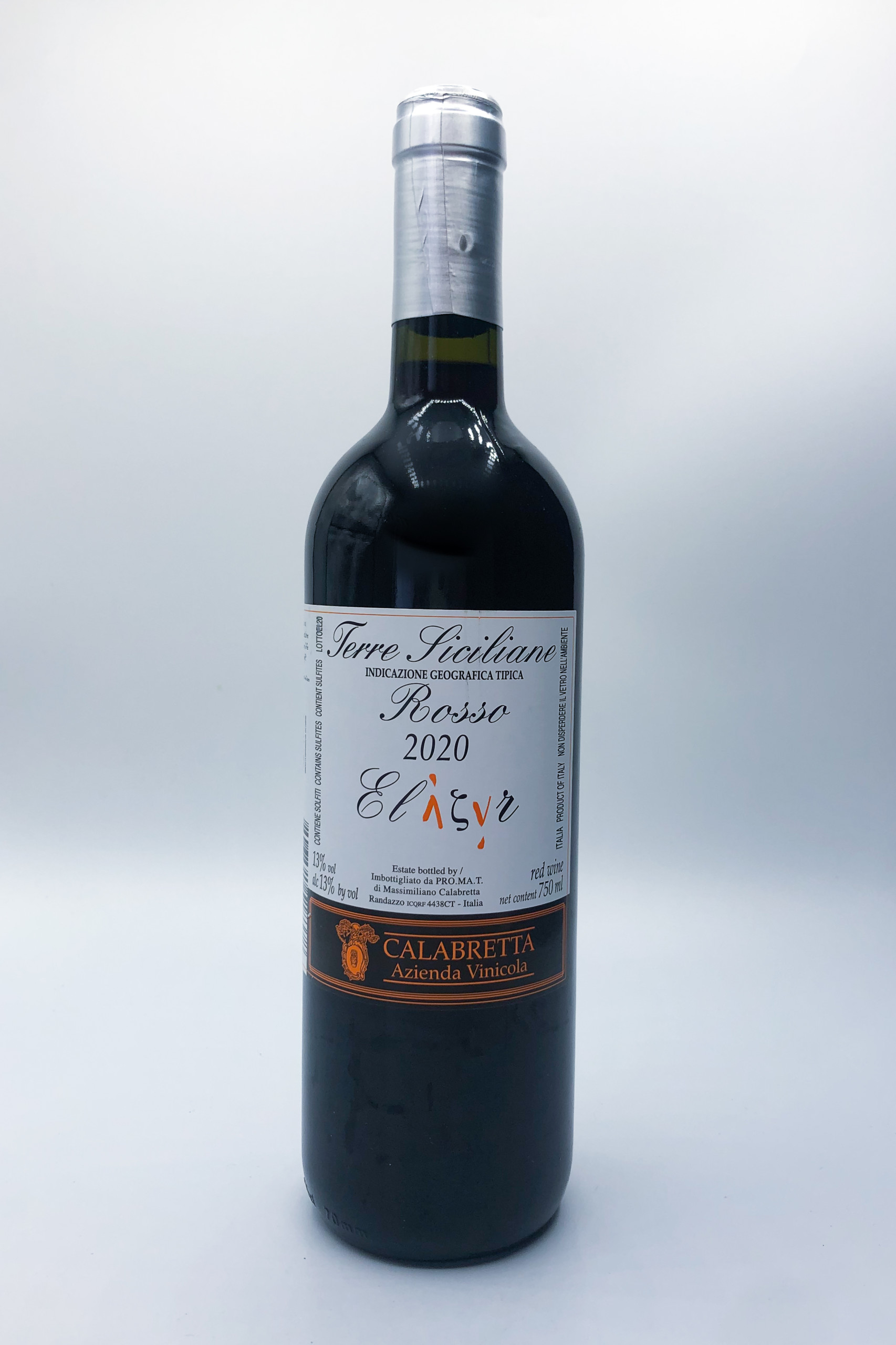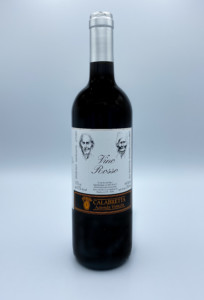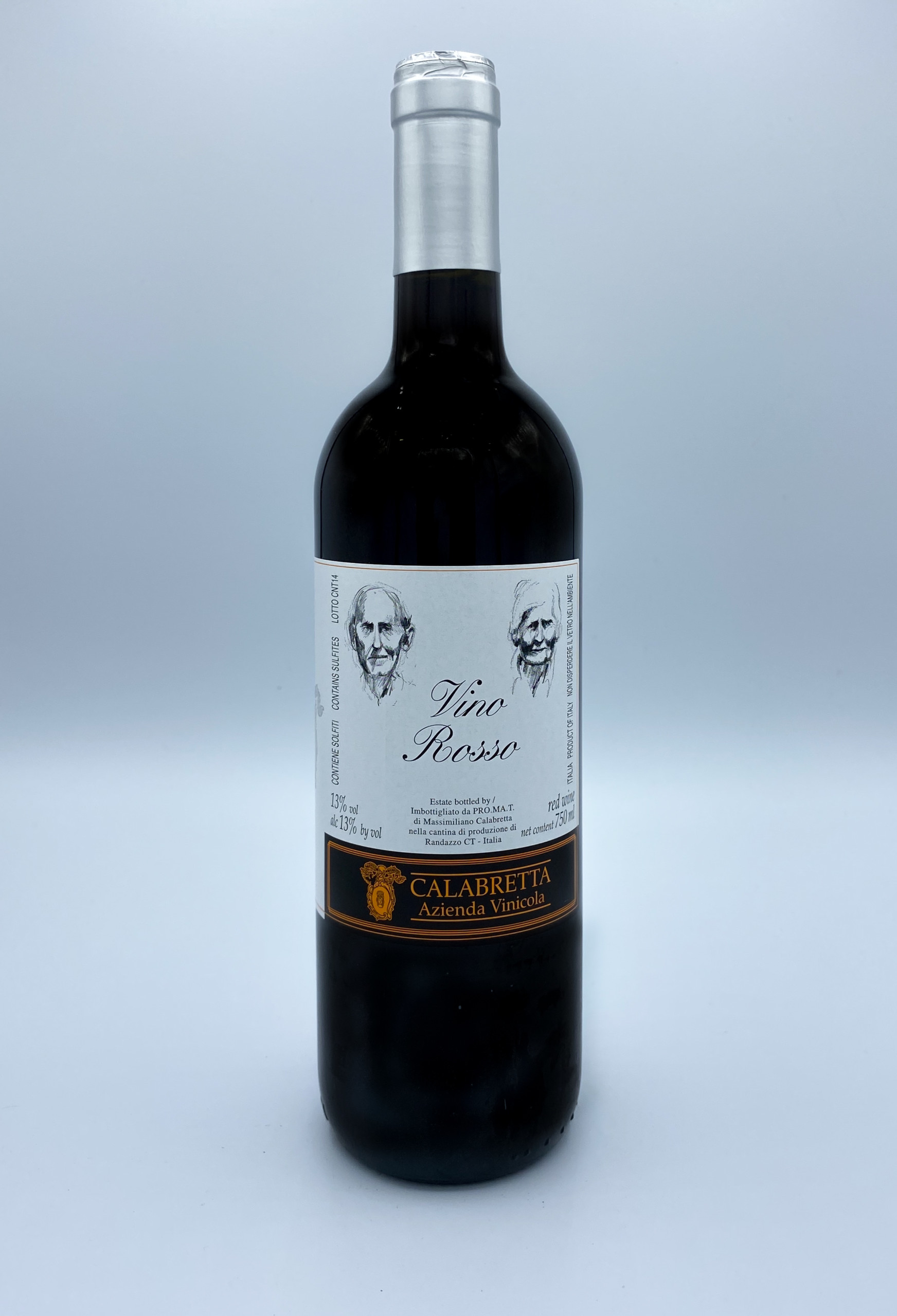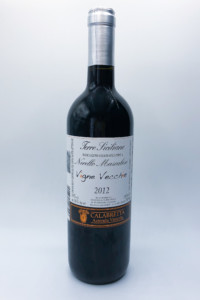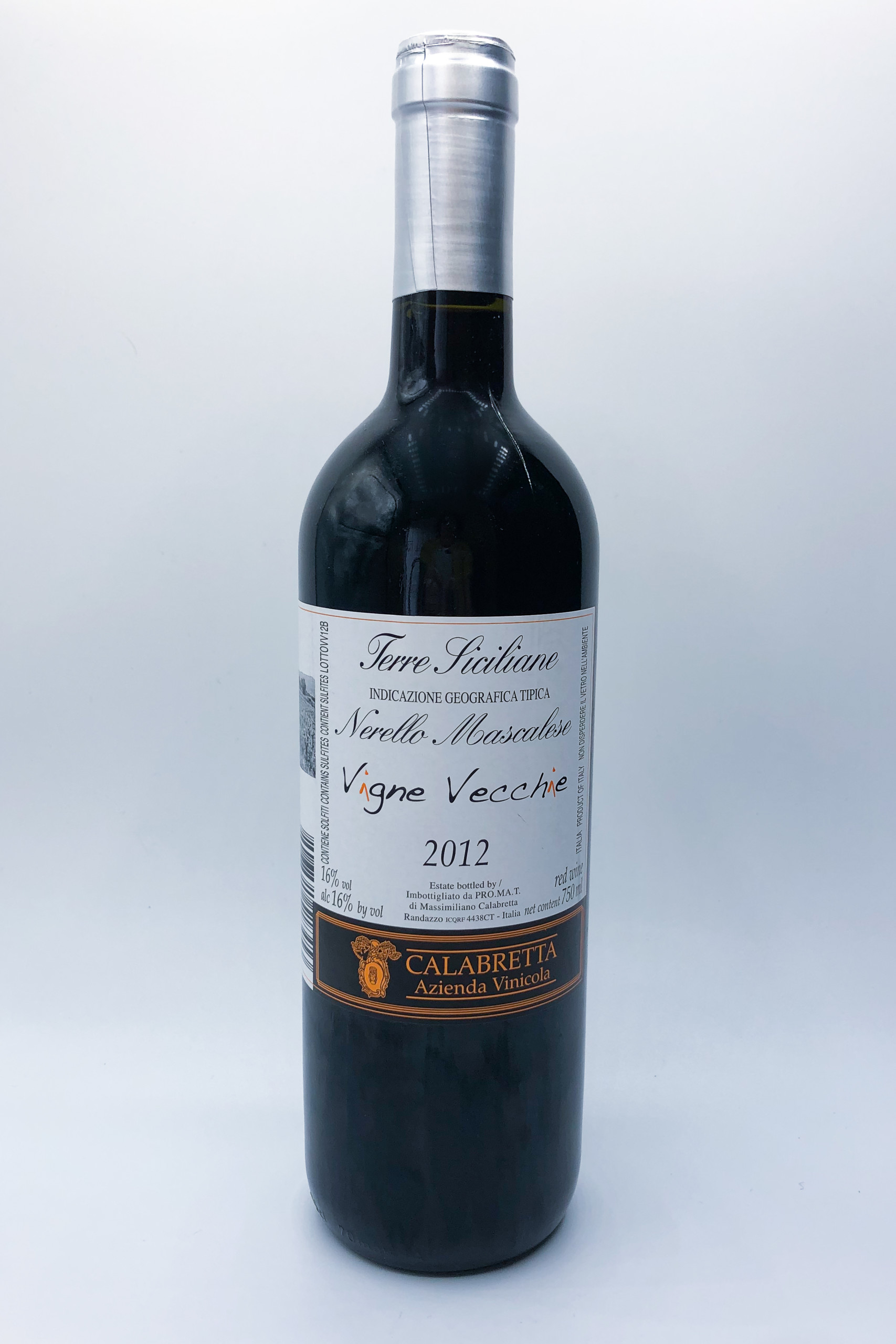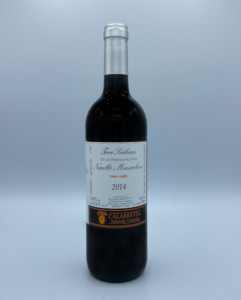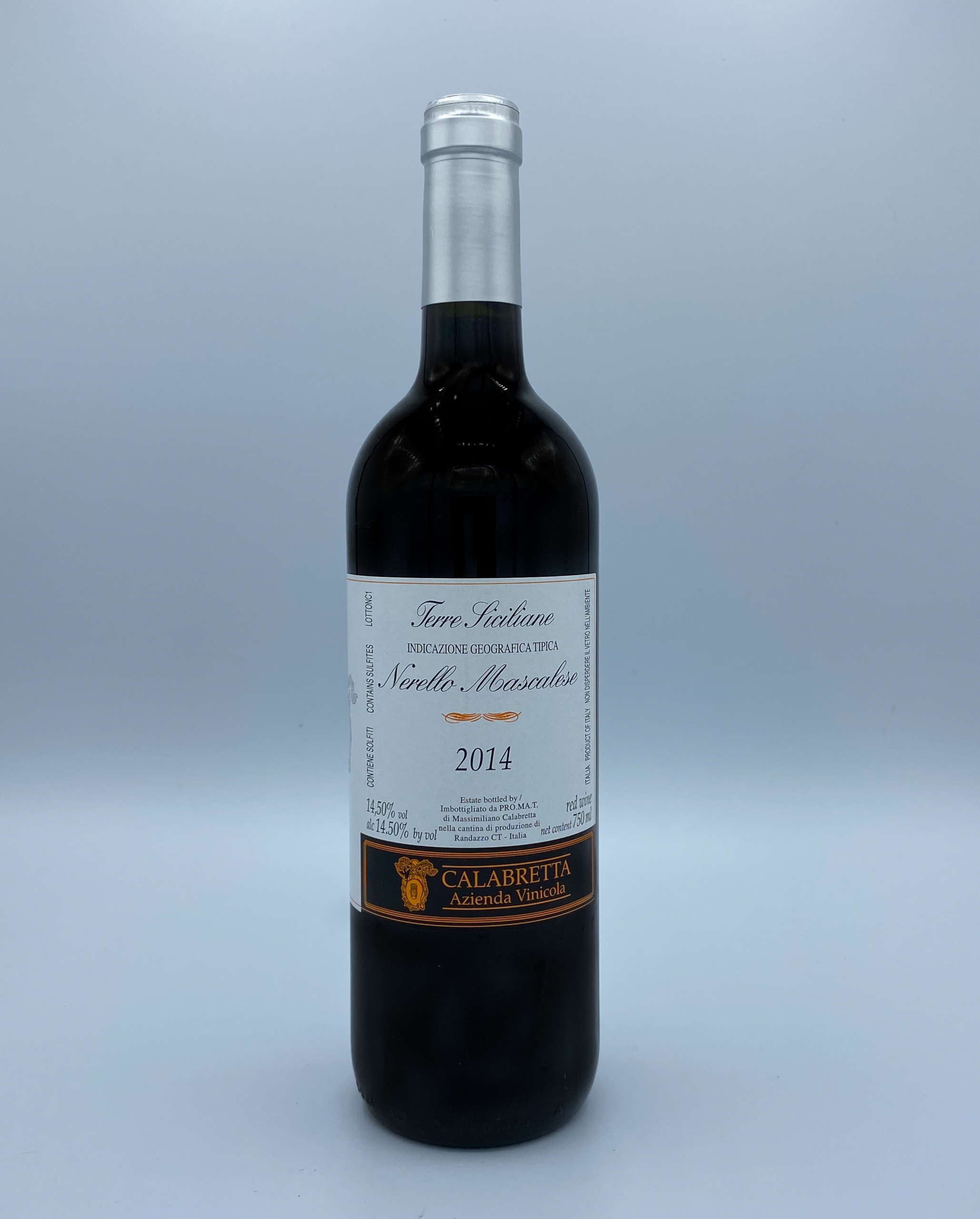Massimiliano Calabretta

Massimiliano Calabretta
About
Owner & winemaker: Massimiliano Calabretta
Vineyards: 13ha
Vineyard management: Organic
Soils: Volcanic, sandy or stony depending on the site
Grapes grown: Nerello Mascalese, Nerello Cappuccio, Carricante, Minnella Bianca, Minnella Nera
Annual production: 70,000 bottles
Quick facts:
- Their vineyards on the slopes of Mount Etna are distinguished by high elevation and volcanic soils.
- One of the wine cellars is dug deep into the volcanic rock, allowing it to keep a consistent climate year round.
- “I believe in wines of pleasure, and in the terroir–not in trends. I like to experiment and share what I achieve.” – Massimiliano Calabretta
For four generations, Calabretta has been a family winery focused on showcasing the centuries-old traditions of Etna. From Gaetano Calabretta, who began the commercial activities of the winery, selling mainly to northern Italy in the 1920s and 1930s, through to his great-grandson Massimiliano, who manages the winery today, the goal has been the same: to capture “the pleasure of Etna in the glass.”
They achieve this goal through thoughtful, minimal vineyard work: using only copper and sulfur sprays, and as little as possible; growing “green manure” cover crops; plowing to aerate the soil; and pruning and harvesting by hand. The cellar has multiple levels, one of which is underground, dug into the volcanic rock, allowing it to naturally maintain an ideal temperature and degree of humidity year round. Both alcoholic and malolactic fermentations occur completely spontaneously, and the wines age in large old Slavonian oak barrels, where they can gently settle and clarify over time without intervention.
The Calabretta vineyards are found within the Etna DOC, where the volcanic soils (both sandy and rocky) and high elevation (600-1000m) create unique microclimates. High winds make it relatively easy to farm organically, the black soils and intense sunshine promote ripeness, and the pronounced temperature difference between night and day preserves acidity and elegance. Etna is relatively inhospitable to phylloxera, so 50% of their new plantings are own-rooted and chosen via selection massale.


